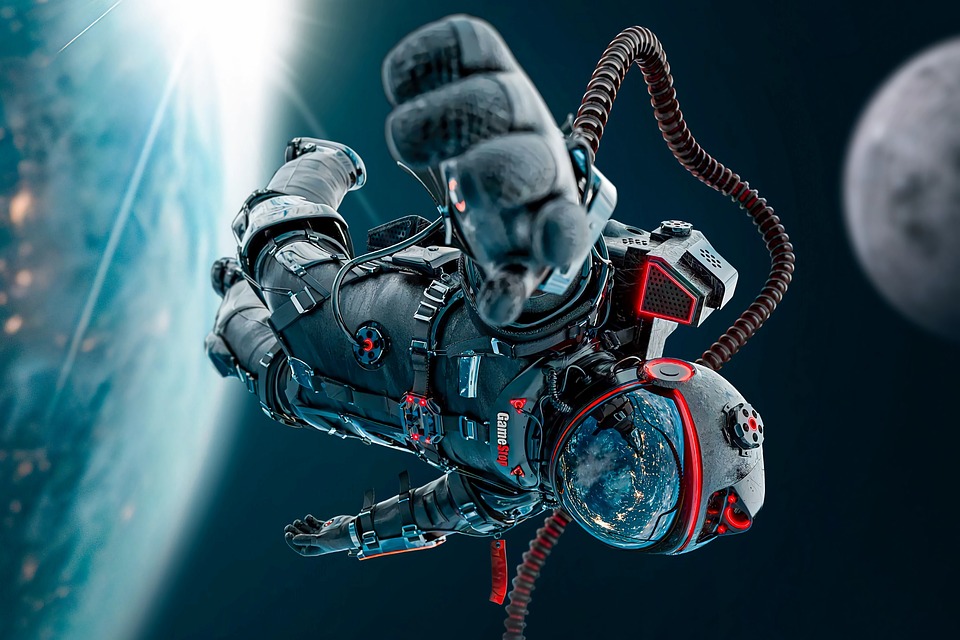The concept of gravity counteraction has the potential to revolutionize transportation as we know it. By harnessing the power of gravity in innovative ways, we could drastically improve the efficiency, speed, and sustainability of various forms of transportation. This groundbreaking technology has the potential to change the way we travel and could have a lasting impact on the environment.
Understanding Gravity Counteraction
Gravity counteraction is based on the principle of using opposing forces to counteract the effects of gravity. By manipulating these forces, we can reduce the amount of energy needed to overcome gravity and achieve greater speeds and efficiency in transportation. This concept can be applied to a wide range of vehicles and modes of transportation, from cars and trains to airplanes and spacecraft.
One example of gravity counteraction is the use of magnetic levitation (maglev) technology in trains. Maglev trains use powerful magnets to levitate above the tracks, eliminating friction and allowing for faster speeds and smoother rides. By reducing the effects of gravity on the train, maglev technology can drastically improve the efficiency and speed of rail transportation.
Benefits of Gravity Counteraction in Transportation
There are several key benefits to incorporating gravity counteraction technology into transportation systems. One of the primary advantages is increased speed and efficiency. By reducing the effects of gravity, vehicles can achieve higher speeds with less energy, saving time and reducing costs. This could lead to faster and more reliable transportation options for commuters and travelers.
Another major benefit of gravity counteraction is improved sustainability. By reducing the amount of energy needed to overcome gravity, transportation systems can become more environmentally friendly. This could lead to a reduction in greenhouse gas emissions and a decrease in the overall carbon footprint of transportation systems. Additionally, gravity counteraction technology could enable the development of more sustainable modes of transportation, such as electric-powered vehicles and renewable energy sources.
Applications of Gravity Counteraction in Transportation
Gravity counteraction technology has a wide range of potential applications in transportation. One of the most promising areas for this technology is in aerospace. By using gravity counteraction to reduce the effects of gravity on spacecraft, we could achieve faster travel times and more efficient launches. This could revolutionize space travel and open up new possibilities for exploration and research.
In the automotive industry, gravity counteraction technology has the potential to improve the efficiency and performance of electric vehicles. By using opposing forces to counteract the effects of gravity, electric vehicles could achieve greater range and faster charging times. This could make electric vehicles a more viable and sustainable option for consumers and help reduce our dependence on fossil fuels.
Challenges and Considerations
While gravity counteraction technology holds great promise for revolutionizing transportation, there are also several challenges and considerations to keep in mind. One of the main challenges is the cost of developing and implementing this technology. Building and maintaining gravity counteraction systems can be expensive, and it may take time for the technology to become widely adopted.
Another consideration is the potential impact of gravity counteraction on existing transportation infrastructure. Retrofitting current systems to incorporate gravity counteraction technology could be a complex and challenging process, requiring significant resources and planning. Additionally, there may be regulatory hurdles to overcome, as transportation authorities may need to approve and regulate the use of this technology.
Conclusion
In conclusion, gravity counteraction has the potential to revolutionize transportation by improving efficiency, speed, and sustainability. By harnessing the power of opposing forces to counteract gravity, we can achieve faster speeds, reduce energy consumption, and create more sustainable transportation systems. While there are challenges and considerations to overcome, the benefits of gravity counteraction technology are significant and could have a lasting impact on the way we travel. As we continue to develop and refine this technology, we could see a future where transportation is faster, more efficient, and better for the environment.

Leave a Reply